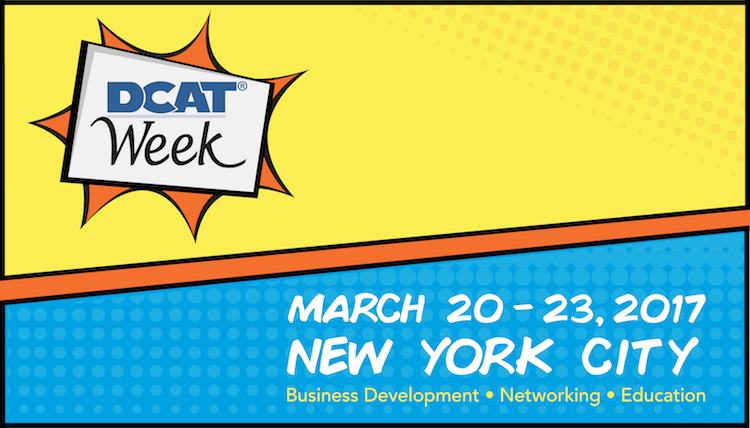DCAT Week ‘17: Are You Sending the Right Signals in Your Business Meetings?
Effective communication is an imperative for successful business relationships, but are you sending the right signals in your important meetings with customers, suppliers, colleagues, and management? In a special DCAT Business Builder program at DCAT Week ’17, learn how to master the skill of nonverbal communication with practical insight from body language expert Chris Ulrich, guest commentator on CNN and ABC’s Good Morning America.
In-person meetings are an important way to advance business relations overall as well as in negotiations. A recent blog (August 2016), “Body Language in Negotiation Process and Beyond,” in the Program on Negotiation (PON) at the Harvard Law School underscores the importance of nonverbal behavior in the negotiation process. PON is a university consortium dedicated to developing the theory and practice of negotiation and dispute resolution. Founded in 1983 as a special research project at Harvard Law School, PON includes faculty, students, and staff from Harvard University, the Massachusetts Institute of Technology, and Tufts University. The PON authors of the blog point to the value of understanding nonverbal communication in business relations and pose an important question: “Without access to gestures and facial expressions, those who negotiate at a distance have trouble accurately reading each other’s tone and building rapport…. Can we increase our negotiation success by deliberately modifying our own nonverbal behavior?”
At the DCAT Week ’17 program, Business Builder: Nonverbal Communication in Advancing Business Relations, this question is examined in a professional skills-building program, which will be held on Wednesday March 22 (10:00 to 11:30 AM). The program is an interactive session lead by body language expert Chris Ulrich, president of CU in the Moment and guest commentator on CNN and ABC’s Good Morning America, who recently provided analysis of the nonverbal communication of the candidates during the US Presidential campaigns and debates.The program is designed for senior to mid-level executives and provides practical tools and insights by addressing three main questions:
- Is it possible that your body language is hurting your presentations, ability to attract business, or getting in the way of your message?
- Wouldn’t you like to have a conscious understanding of the messages that you portray, through your body language, for building rapport with colleagues, customers, or business partners?
- Would you like to know what messages clients are giving you by tuning into their facial micro-expressions? What if you could then adapt, in the moment, to increase your chances of attracting your desired outcome?
In addition to his work at CU in the Moment, Ulrich is also a senior instructor at the Body Language Institute. Ulrich trains executives, sales people, government staffers, lobbyists, and small business entrepreneurs to use the new body language to transform their executive presence. Prior to founding CU in the Moment, Ulrich worked closely with top-level government officials for more than 18 years. He specialized in streamlining, organizing, and prioritizing the type of information that is presented to government officials through the briefing process. He served as a Domestic Policy Advisor to Vice President Al Gore, Issue Director to Vice Presidential Candidate Joe Lieberman, Political Analyst at the Embassy of Japan, and as an effectiveness consultant for former US Energy Secretary Steven Chu, who served in that capacity from 2009 to 2013 and was the co-winner of the Nobel Prize for Physics (1997).
The Business Builder program is a special, exclusive program for DCAT member companies. Information about the program, including how to register, may be found here.
Information about all the DCAT Week ’17 education programs and networking activities may be found here. Registration information for the DCAT Week’ 17 education programs, which run from Monday March 20 to Wednesday March 23, may be found here.








